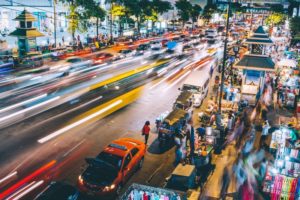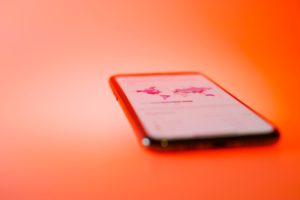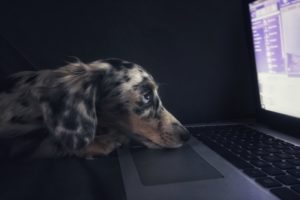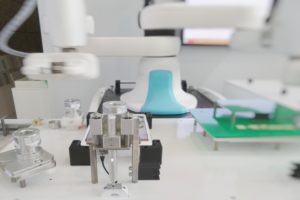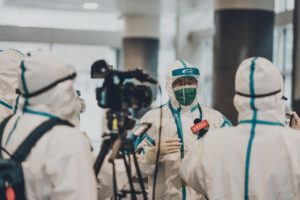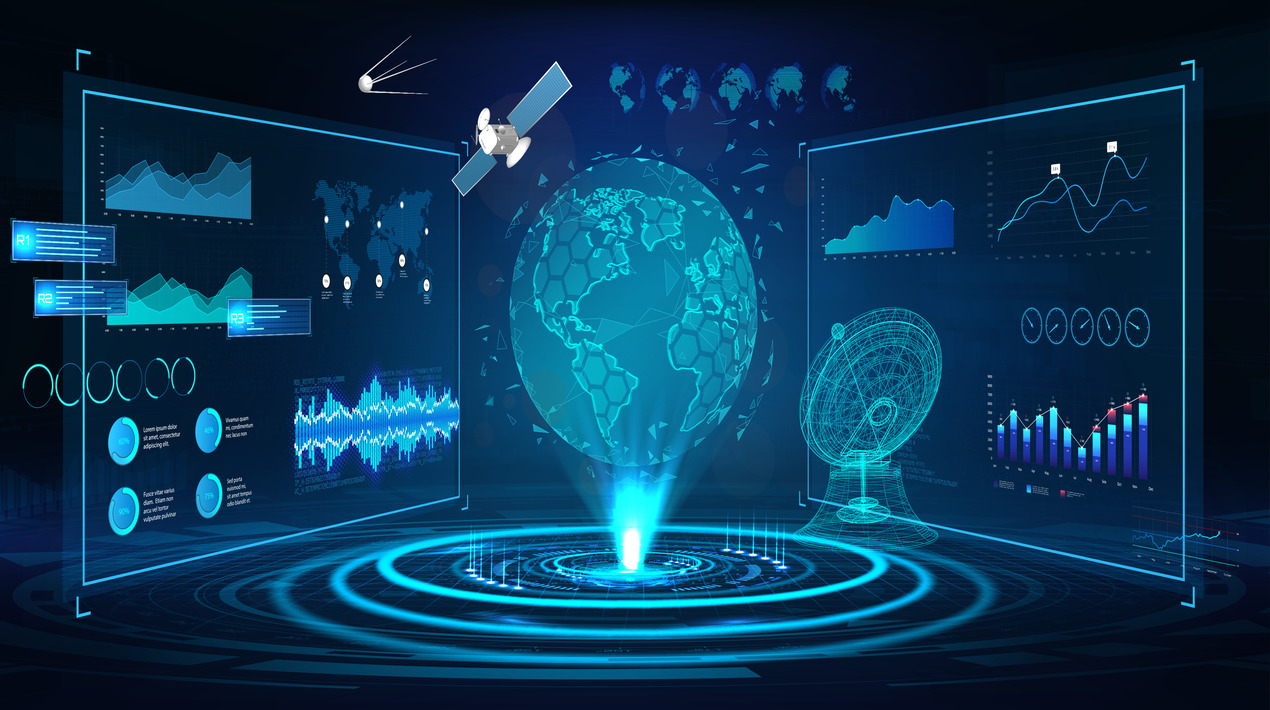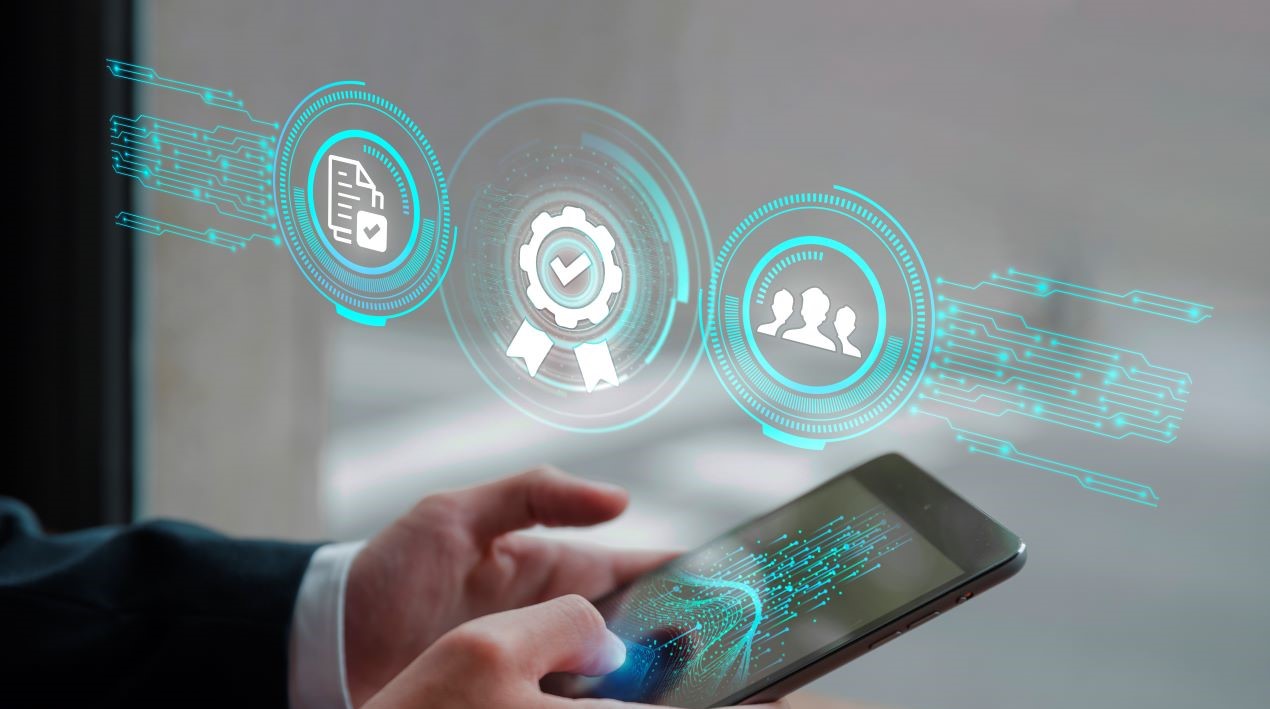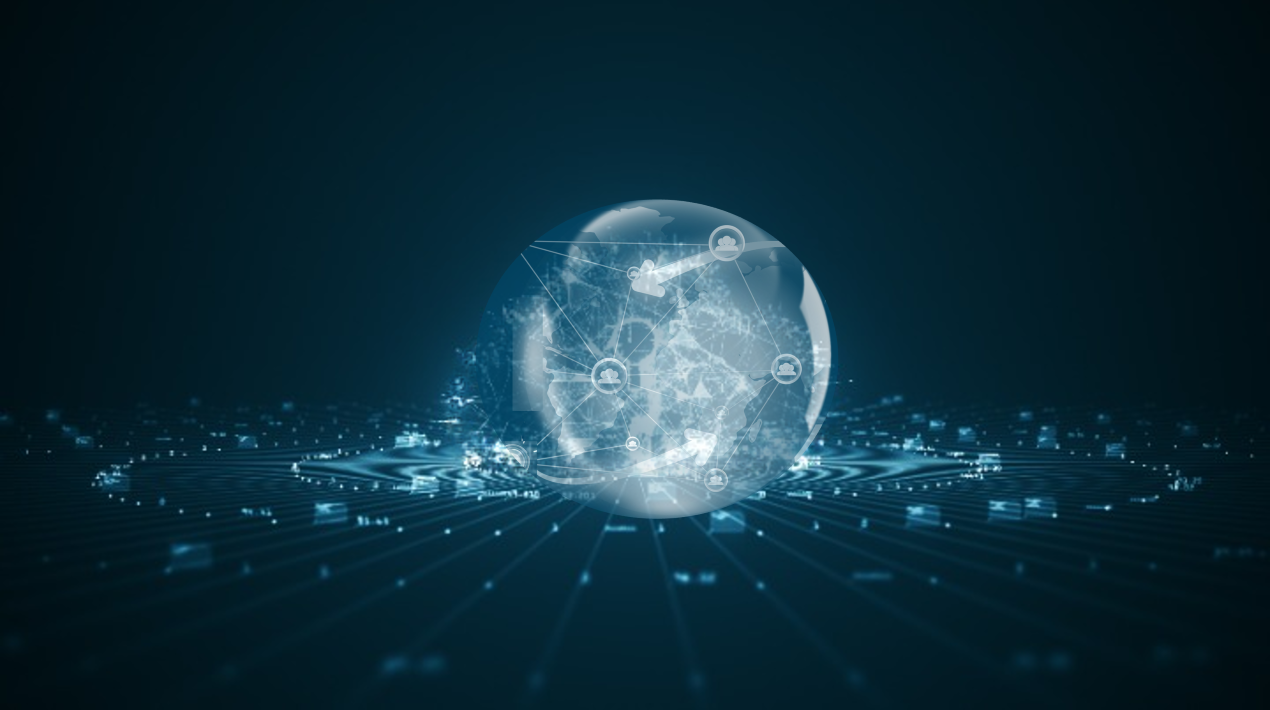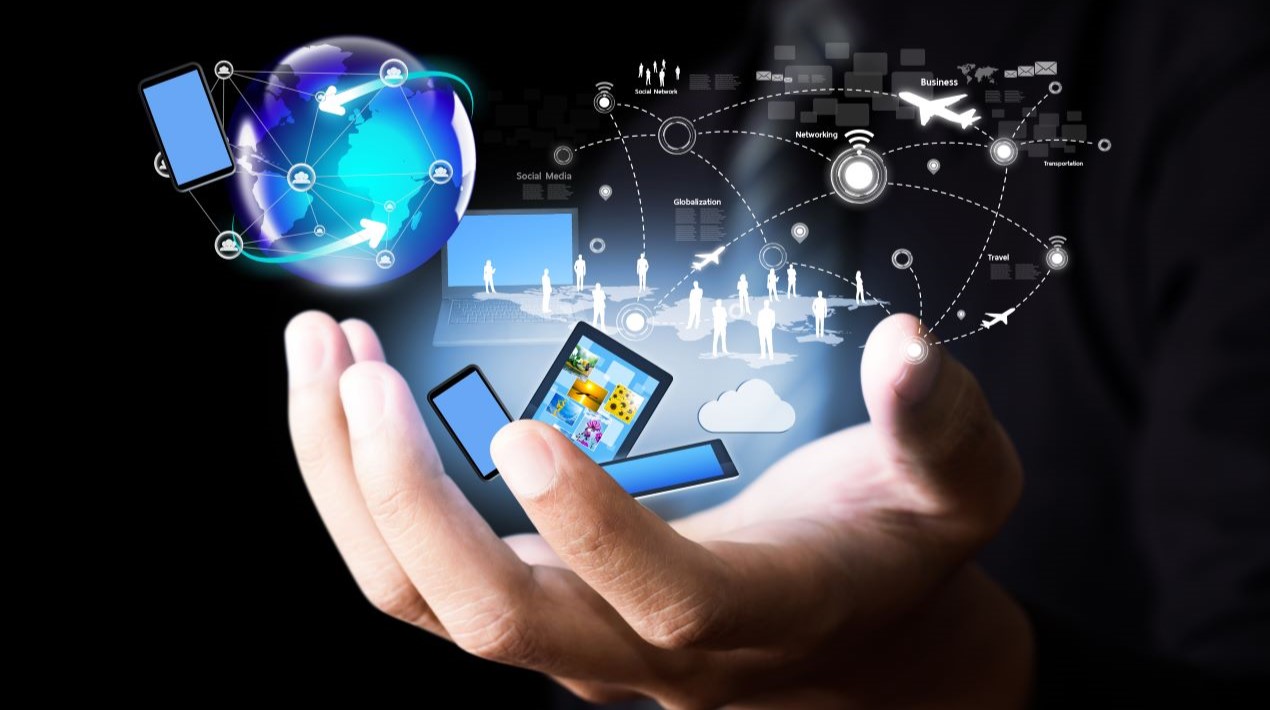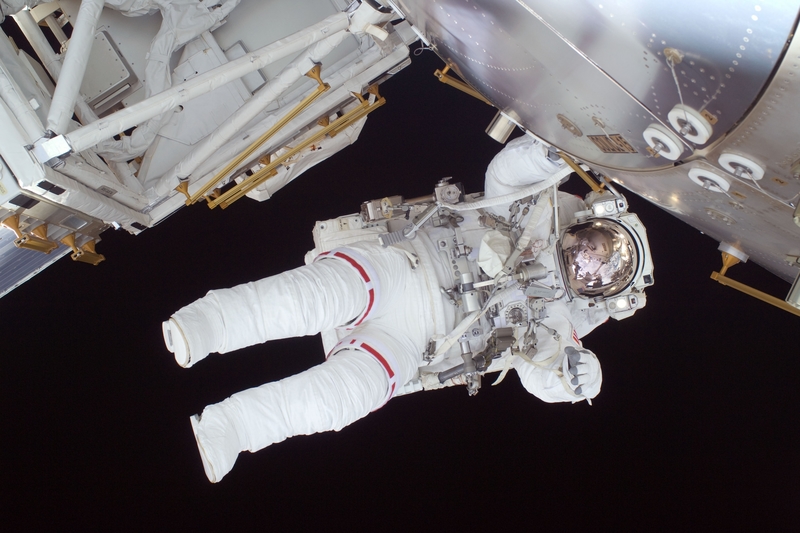
A PhD student at the University of Wollongong has made it through to the final eight in the 2020 Virtual Asia-Pacific Three Minute Thesis (3MT) Competition. The final will be held on Thursday, 1 October 2020. Interested people can register to attend the virtual event and vote for the People’s Choice Award at this link.
The 3MT competition cultivates Higher Degree Research students’ academic, presentation, and research communication skills. Competitors explain their research in three minutes, in a language appropriate to a non-specialist audience.
Due to the COVID-19 pandemic, this year’s competition was conducted virtually, with contestants submitting a three-minute video presentation.
Representatives from 54 universities across Australia, New Zealand, Oceania, Northeast and Southeast Asia took part in the Asia Pacific 3MT Semi-Final, from which eight finalists, including Stefania, were selected to compete for the title of the 2020 Virtual Asia-Pacific 3MT Winner.
In her presentation, “Moon to Mars, and beyond”, the scientist talked about the research she is doing to make space travel safer. There are many risks involved in long-term space travel, she said, but radiation is the greatest hazard of all as unacceptable levels can cause cancer or even death.
Cosmic rays are particles that pervade the universe and penetrate any spaceship hull. They zip across instrumentation and traverse the body of an astronaut every single second in space, she said. These particles interact with human tissue, posing a hazard to the health of an astronaut, eventually inducing cancer or even death.
In a three-year space mission, the level of radiation is 1000-times higher than back here in Australia and this increases the possibility of developing cancer from 1 in 200 people, to 1 in 20 people.
A PhD student at UOW’s Centre for Medical Radiation Physics (CMRP), the scientist is developing wearable radiation detectors for astronauts that can measure their exposure to cosmic rays in real-time.
Pushing Australian space tech
According to another press release from the Department of Industry, Science, Energy and Resources, the Australian Space Discovery Centre is one step closer to launching as the construction of the facility and Mission Control Centre officially starts.
The Australian Space Discovery Centre is underpinned by a strong STEM education focus. It will inspire the next generation of the space workforce through stories of opportunity, curiosity, and technology.
Located in the innovation precinct of Lot Fourteen in Adelaide, the Australian Space Discovery Centre will showcase:
- Space Exhibition area which includes an interactive exhibition dedicated to activities that can support the exploration of the Moon and Mars
- Industry Showcase to connect space industry businesses, start-ups and researchers through workshops, discussions and displays
- Careers and Information Hub to discover career paths and jobs in the national space industry
- Mission Control Centre which includes facilities for space businesses and researchers to control satellite and space missions.
The Head of the Australian Space Agency stated that said programs and activities in the Australian Space Discovery Centre will be informed by the seven National Civil Space Priorities in the Government’s Australian Civil Space Strategy.
The aim is for the Australian Space Discovery Centre to become a place where the community can come together to explore the latest innovations in space technologies and learn about Australia’s role in expanding national and international space activities. The Australian Space Discovery Centre and Mission Control are due to open to the public in the first half of 2021.




